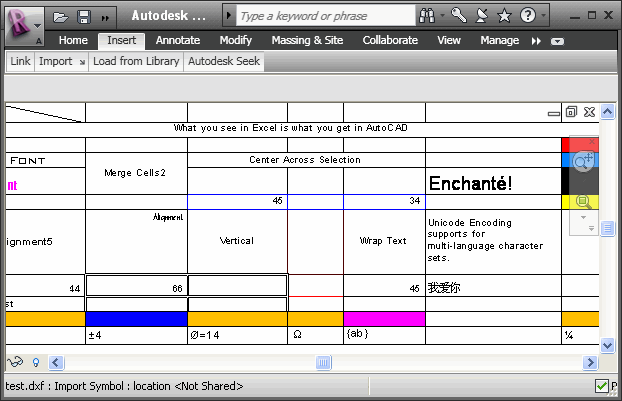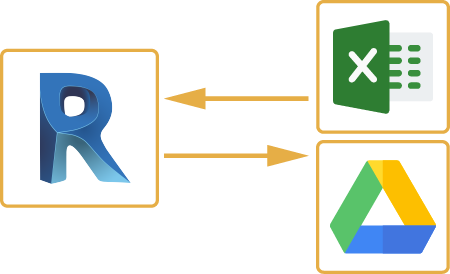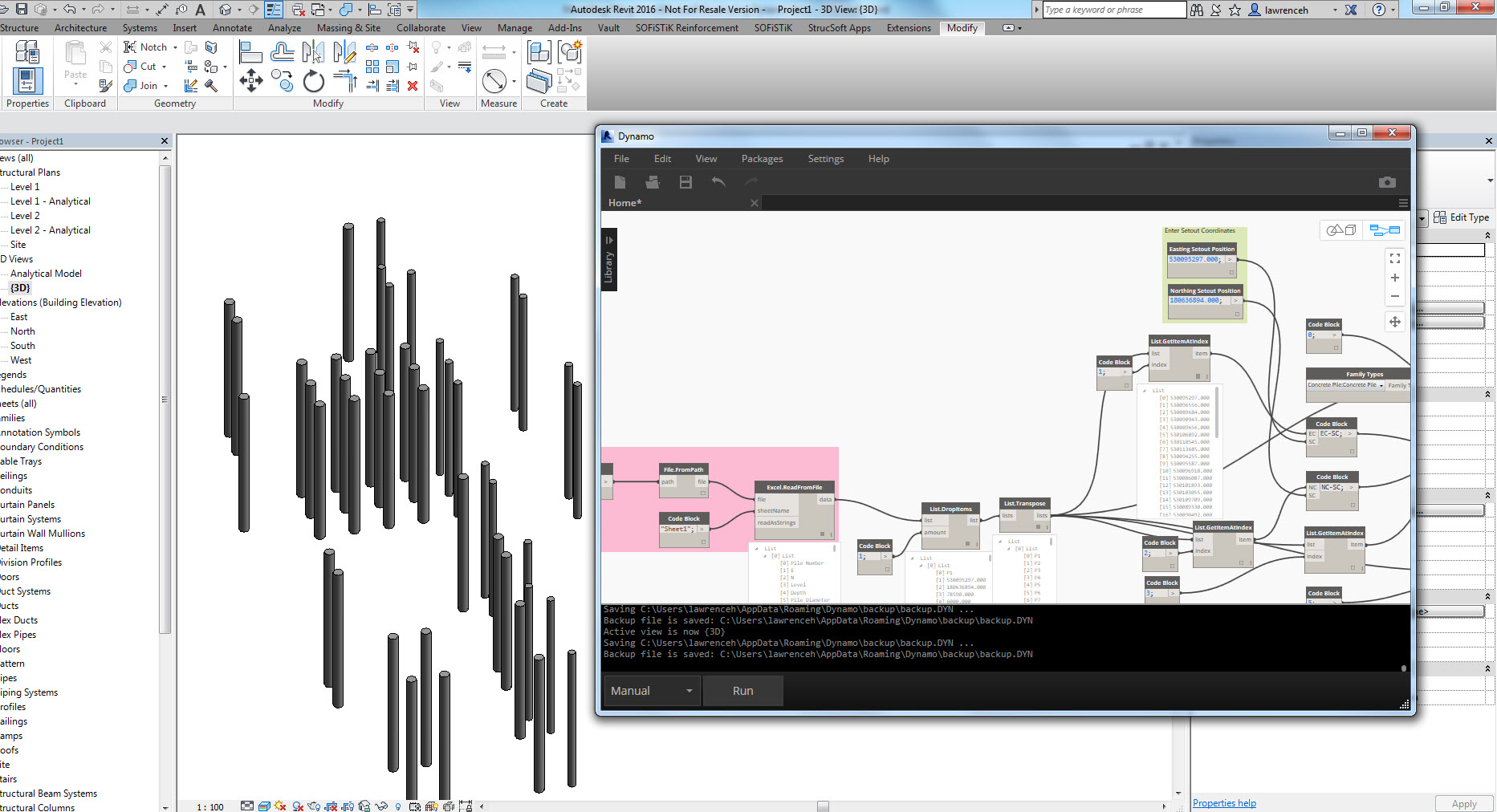Revit Add Ins: Supercharge Your Style and Modeling
Wiki Article
Mastering the Art of Data Combination: How to Seamlessly Import Excel Data Into Revit
In this article, we will direct you with the procedure of understanding the art of information assimilation. Get ready to prepare your Excel data effortlessly and follow our step-by-step guide to import files into Revit. With our best practices, you'll achieve data integration success in no time.Understanding the Importance of Information Combination in Revit
Comprehending the value of data assimilation in Revit is essential for seamless importing of Excel files. When you integrate information from Excel right into Revit, it permits you to effectively upgrade and take care of information throughout the whole task. This assimilation makes sure that your style and construction procedure is current and precise.By integrating data, you can easily import and update specifications, routines, and even geometry in Revit. This removes the requirement for manual information entry, saving you time and reducing the danger of mistakes. With Revit's information integration capabilities, you can keep consistency and accuracy in your job, while also boosting partnership among staff member.

Exploring the Excel Documents Format for Revit Assimilation

In order to successfully incorporate Excel data into Revit, it is crucial to make certain that the data is formatted correctly. This consists of correctly labeling rows and columns, in addition to structuring the information in a manner that works with Revit's information schema. Revit uses certain criteria and classifications to arrange information, so it is necessary to align the Excel information with these specifications to ensure a smooth integration.
In addition, it is essential to keep in mind that Revit just supports specific data types when importing from Excel. These consist of text, numbers, and days. Any other information types, such as solutions or conditional format, will not be identified by Revit and may trigger concerns throughout the integration process.
Preparing Your Excel Information for Seamless Import Into Revit
To guarantee a smooth combination process, you'll need to appropriately style and tag the columns and rows in your Excel information prior to importing it into Revit. Begin by examining your Excel data and identifying which columns and rows contain relevant information for your Revit project.Next, guarantee that the data in each column is correctly formatted. For instance, if you have a column for dimensions, make certain that all measurements are consistently formatted in the very same devices of dimension. Revit counts on consistent format to properly analyze and import data.
Additionally, it is very important to look for any kind of vacant cells or variances in your data. Revit may not have the ability to check out or import data from cells that are vacant or have errors. It is suggested to review your Excel information and clean up any incongruities before importing it right into Revit.
Step-By-Step Guide to Importing Excel Files Into Revit
As soon as you've effectively formatted and identified your Excel information, you can easily import it right into Revit by following this step-by-step overview. To start, open Revit and browse to the "Insert" tab. revit plugins.Following, a dialog box will certainly appear, enabling you to personalize the import settings. Here, you can choose the worksheet you want to import, define the array of cells to import, and pick the ideal devices for your information. When you've made your selections, click "OK" to proceed.
Revit will now present a preview of your Excel data. Take a moment to assess the preview and make sure that every little thing looks correct. If needed, you can make modifications to the import setups by clicking the "Setups" button.
Best Practices for Data Combination Success in Revit
See to it you comply with these ideal practices to guarantee successful combination of information in Revit. It is vital to arrange your information in Excel prior to importing it into Revit. This means making certain constant calling conventions, proper format, and precise data depiction. Next, use Revit's integrated devices for information mapping. This will enable you to match the columns in your Excel data with the equivalent criteria in Revit. Be conscious of the devices and information types when mapping the data, as any kind of discrepancies can lead to mistakes in the assimilation procedure.Another vital method is to consistently confirm and update your data. As your task advances, it is necessary to keep your Excel documents as much as day with any kind of modifications made in Revit. This will aid preserve the accuracy and uniformity of your data throughout both platforms. In addition, take advantage of data recognition tools within Revit to recognize any type of mistakes or variances in the integrated information.
Finally, it is recommended to develop a clear operations for data integration. This consists of specifying responsibilities and duties, setting up a communication network between employee, and establishing a routine tempo for data updates and evaluations. By adhering to these best methods, you can make certain a seamless and effective combination of information in revit tools Revit, inevitably improving the effectiveness and precision of your task.
Conclusion
In final thought, grasping the art of data integration is essential for seamless import of Excel files right into Revit. Recognizing the relevance of information combination in Revit is the very first step towards successful integration.When importing information from Excel right into Revit, it is crucial to comprehend the file format and just how it can influence the combination process (revit tool). Revit utilizes particular parameters and groups to arrange data, so it is vital to line up the Excel information with these specifications to make certain a smooth combination
Be mindful of the data and devices kinds when mapping the data, as any type of disparities can lead to mistakes in the integration process.
Additionally, make use of data validation tools within Revit to determine any type of mistakes or incongruities in the incorporated information.

Report this wiki page